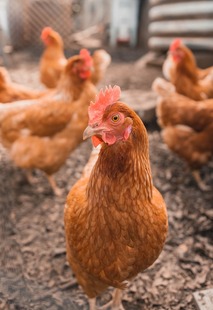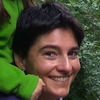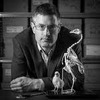We are what we eat #632
August 28, 2023

Image from Ben Moreland
You are what you eat, right? Well then, who were the ancient Romans, and who were the people they colonized? And who are we? And why do we eat so much chicken? This week we're sitting down with Silvia Valenzuela Lamas to talk about how Roman colonization changed both the animals people raised and how people ate them. We're also talking with Richard Thomas about chickens, and how our taste for it may be one of the most enduring things we leave behind.
Links:
Richard Thomas: The Broiler Chicken as a signal of a human reconfigured biosphere.
Silvia Valenzuela-Lamas: Systems change: Investigating climatic and environmental impacts on livestock production in lowland Italy between the Bronze Age and Late Antiquity (c. 1700 BC – AD 700)
Guests:
- Silvia Valenzuela Lamas
- Richard Thomas
Guest Bios
Silvia Valenzuela Lamas
Silvia Valenzuela-Lamas is a tenured scientist at the Spanish National Research Council (CSIC). She investigates animal husbandry practices and meat consumption in past societies through the study of animal bones from archaeological sites. She has focused on the changes that occurred in the Western Mediterranean from the Bronze Age to Late Antiquity to analyse the impact of economic-political systems over livestock production (from small-scale to integrated economies in Roman times). She is passioned about her work and believes that Archaeology can provide long-term empirical evidence to help present-day decisions about sustainable animal husbandry.
Richard Thomas
Richard Thomas is a Professor of Archaeology at the University of Leicester, where he has been based for 20 years. His research centres on the analysis of animal bones from archaeological sites and has two strands: the reconstruction of past human-animal relationships, predominantly in the historic period; and animal palaeopathology – the study of animal health and disease in the past. Richard is particularly interested in understanding the contemporary relevance of zooarchaeological knowledge. Richard also co-directs the Bradgate Park Fieldschool – a multi-period archaeological landscape study that includes the ruins of the childhood home of Lady Jane Grey, nine-day queen of England.








